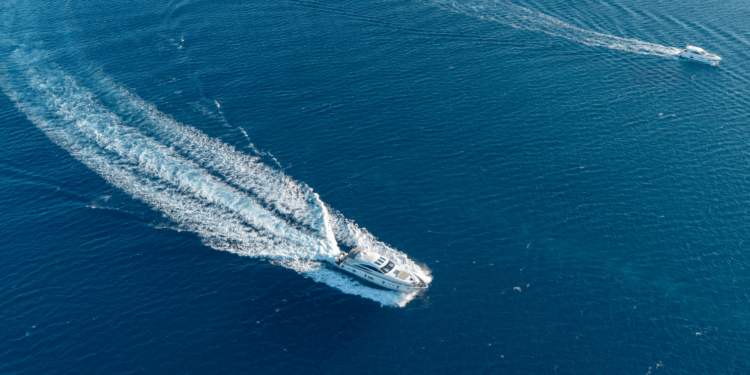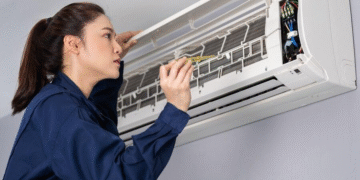Overview of Marine Transmission Systems
A marine transmission system is crucial to any motorized vessel, connecting the engine’s power to the propeller’s action. It provides a set of gears and transforms rotational energy into smooth, reliable movement on the water. This system determines speed and the feel and responsiveness of the boat, ensuring safe and precise transitions from cruising to docking or reversing from tight spots. Proper care involves understanding when to swap out worn or corroded parts, making resources for authentic Attwood replacement parts invaluable for both professionals and hobbyists.
Marine transmission selection impacts fuel efficiency, reliability, and even engine life. The right choice depends on vessel type and usage, as transmissions for a leisure cruiser will differ considerably from those required for intense commercial operations. For those interested in making smart, long-term investments in their boats, getting to know the nuances of marine transmissions is an excellent place to start.
How Marine Transmissions Work
A marine transmission system manages the transfer of engine energy to the propeller shaft, converting power into forward or reverse motion. It consists of gears and shafts that adjust torque and rotational speed, ensuring the vessel responds safely and efficiently at different speeds and loads. Marine transmissions are different from those used in automobiles as they can reverse the direction of the propeller’s rotation, which is essential for tight maneuvering or quick stops. Modern boats have transitioned from mechanical shifters to electronic and hydraulic controls for smoother gear changes. The configurations cater to different demands, with direct drives being popular in ski boats or small runabouts. At the same time, reduction gearboxes and multi-speed units are designed for larger vessels. Owning the right system ensures a balance between acceleration, responsiveness, and engine preservation.
Transmission Maintenance and Best Practices
Marine operation requires regular maintenance for long-term reliability due to the harsh salt, water, and vibration conditions. Proactive inspections are recommended every 50 to 100 hours for pleasure craft and commercial vessels to identify issues early. Preventative care includes monitoring fluid levels, visually inspecting couplings, flexible mounts, and hoses for leakage, abrasion, or corrosion, and staying alert for new noises, shifting delays, or vibrations. Minor adjustments like tightening fasteners or replacing seals can keep transmissions running like new for years. Promptly obtaining and fitting high-quality replacement components can prevent small faults from escalating into major repairs.
Recent Innovations in Marine Transmission Technology
Marine propulsion is revolutionized by hybrid transmission setups, combining combustion engines with electric drives to reduce emissions and operational costs. These systems can switch or blend power sources for optimal performance, particularly in emission-restricted waters. Joystick maneuvering and integration into centralized vessel management systems make docking and low-speed operations easier. Newer transmissions also have diagnostic capabilities for real-time performance monitoring and predictive maintenance. Emerging trends in marine propulsion technology anticipate cleaner oceans, smarter navigation, and enhanced user experience. These advancements benefit captains and operators, improving reliability, compliance with regulations, and environmental contribution.
Must Read: Clarifying Complexities in the Level 2 Assessment Using CMMC DoD Methods
Choosing the Right Transmission for Your Boat
The choice of a marine transmission is a complex process that involves factors such as vessel size, intended use, stresses, and engine characteristics. For working boats, durable transmissions are essential for heavy shifts and constant torque, while casual cruisers prefer quiet, smooth shifting and minimal maintenance. Component compatibility is also crucial, including engine and transmission, shaft, and propeller assembly. Future serviceability depends on global availability of spare parts and support, so choosing brands with a reliable supply chain and accessible technical assistance is essential.

















